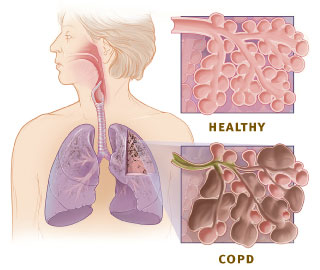Postpartum
bleeding is very frightening and difficult to treat. It is a fact that many deliveries are still home deliveries without qualified paramedical staffs in poor countries. Many deaths occur when a qualified gynecologist is absent or no well-equipped operation theater with anesthetist is available. Many end up in removal of the
uterus, a very drastic step to control such bleeding.
 Postpartum hemorrhage
Postpartum hemorrhage sometimes occurs after delivery of the baby. At present the doctors rely heavily on intravenous
oxytocin, a hormone responsible for uterine contraction to manage the
third stage of labor. Unfortunately, in some situations the uterine musculature remains in a stage of fatigue and does not respond to it; that results in massive postpartum uterine bleeding.
The
placenta comes out in the third stage of labor. Normally, it should occur within 5 to 10 minutes. If it does not come out within 30 minutes of delivery of the baby,it is termed
retained placenta, a complication of labor. It requires considerable expertise to manage the situation. Here also, doctors rely on intravenous oxytocin. Retained placenta may be complicated by associated postpartum hemorrhage.
Now
researchers have come out with a novel use of oxytocin to tackle both the dreaded situations. The
umbilical cord contains veins, which work to supply blood to the
fetus from the mother during intrauterine life. They have seen that if 20 international units of oxytocin is injected through the umbilical vein within 2 minutes of delivery of the baby, that decreases postpartum bleeding and facilitates early delivery of placenta.
The sequence is like this; delivery of the baby marking the end of the second stage of labor, clamping of the umbilical cord and separation of baby, identifying the umbilical vein and injecting 20 international units of oxytocin. The
doctors involved in the researchfurther explain that the result is because of the
direct action of oxytocin on the uterine wall at the attachment sight of the placenta.
This method is likely to save many lives, especially in poor countries.
![]() PPH. Postpartum Bleeding
PPH. Postpartum Bleeding
![]() Recent Development in Managemant of PPH
Recent Development in Managemant of PPH
